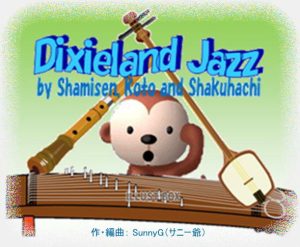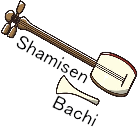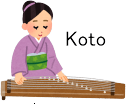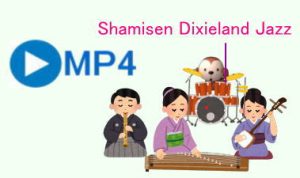“Shamisen Dixieland”「三味線デキシーランド」

Shamisen Dixieland: A Jazzy Fusion of East and West
Growing up in Osaka, a city renowned for its vibrant culture and lively spirit, I was immersed in the sounds of Dixieland jazz.
The city, along with its neighbor Kobe, has a deep-rooted love for this genre, and it’s no wonder why. The upbeat rhythms and improvisational nature of Dixieland seem to perfectly capture the Kansai spirit.
I’ve always been fascinated by the idea of blending different musical traditions. So, I decided to experiment with playing Dixieland jazz using traditional Japanese instruments.
The result is “Shamisen Dixieland,” a unique fusion of East and West.
Replacing the clarinet with the haunting melodies of the shakuhachi, the banjo with the twangy tones of the shamisen, and the piano with the delicate harmonies of the koto was a bold move. I wanted to see if I could capture the essence of Dixieland while adding a touch of Japanese elegance.
The shakuhachi, with its deep, soulful sound, provided a perfect counterpoint to the lively rhythms of the shamisen. The koto added a layer of complexity and sophistication, creating a rich and textured soundscape.
Composing and arranging “Shamisen Dixieland” was a labor of love. There were countless hours spent experimenting with different combinations of instruments and melodies.
But in the end, I was thrilled with the result. I hope you enjoy this unique blend of jazz and traditional Japanese music as much as I do.
”Shamisen Dixieland”
composed & arranged by SunnyG
Please listen to the track on my blog and leave a comment. I’d love to hear your thoughts!
Click the banner below to listen to “Shamisen Dixieland”:
Japanese Instruments:

Shamisen
The shamisen is a traditional Japanese string instrument. It looks a bit like a banjo with a long neck and a rectangular body covered with animal skin. It has three strings that are plucked with a large pick called a “bachi.” The shamisen produces a distinct and vibrant sound and is often used in Japanese folk music, theater, and puppet plays

Shakuhachi
The shakuhachi is a traditional Japanese bamboo flute. It is usually about 55 cm (22 inches) long and has five finger holes – four on the front and one on the back. The shakuhachi produces a rich, mellow tone and is known for its versatility in playing both traditional and contemporary music. It is often used in meditation and Zen Buddhist ceremonies.

Koto
The koto is a traditional Japanese string instrument that resembles a long, wooden zither. It has 13 strings, each stretched over movable bridges that can be adjusted to change the pitch. Players use picks worn on their fingers to pluck the strings, producing a delicate and resonant sound. The koto is often used in both solo performances and ensemble pieces in Japanese classical music.
三味線デキシーランド:東洋と西洋のジャジーな融合
活気あふれる大阪で育った私は、ディキシーランドジャズの音に包まれていました。
大阪、そして隣接する神戸は、このジャンルをこよなく愛しており、その理由も頷けます。アップテンポのリズムと即興演奏の性質は、まさに関西人の気質を捉えているかのようです。
私は昔から、異なる音楽の伝統を融合させることに強い興味を持っていました。そこで、伝統的な日本の楽器を使ってディキシーランドジャズを演奏してみようと思い立ちました。
「三味線デキシーランド」は、その実験の成果です。
クラリネットを物憂げな尺八の音色に、バンジョーを三味線の個性的な音色に、ピアノを琴の繊細なハーモニーに置き換えるのは、大胆な試みでした。ディキシーランドのエッセンスを捉えつつ、日本の優雅さを加えることができるか、試してみたかったのです。
尺八の深く魂のこもった音色は、三味線の活気あるリズムに対して完璧な対比を生み出しました。琴は複雑さと洗練さを加え、豊かで質感のあるサウンドスケープを作り出しました。
「三味線デキシーランド」の作曲と編曲は、愛情を込めて行いました。様々な楽器とメロディーの組み合わせを試し、数えきれないほどの時間を費やしました。
しかし、最終的に完成した作品に私は興奮しました。このジャズと伝統的な日本音楽のユニークな融合を、皆さんにも楽しんでいただけたら幸いです。
ぜひブログで曲を聴いて、コメントを残してください。皆さんの感想をお待ちしています!












